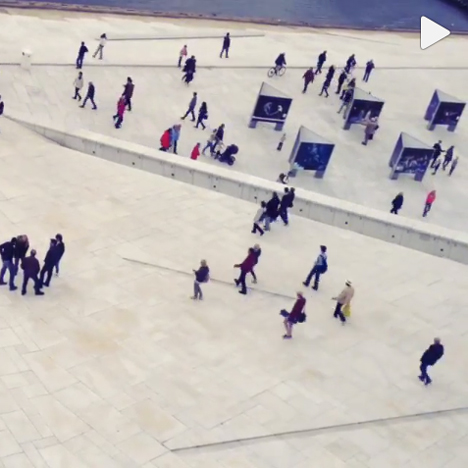
How Instagram's time lapse app is changing the way we see our cities
Instagram's Hyperlapse app is popularising time-lapse photography, creating a mass of video content that could change the way we consume images of our environments, reports Alex Wiltshire.
Instagram has just launched a new way of visualising the world. Hyperlapse is an app that simplifies the process of time-lapse videos into pointing at your subject, shooting, and choosing how fast it plays back.
It hardly sounds revolutionary, but the photo-sharing service has since begun filling with sped-up videos of the everyday. Instagram-tracking website Iconosquare counts 250,000 videos tagged with "Hyperlapse", spanning views from car windows, of road intersections, of people drawing and walking through crowds.
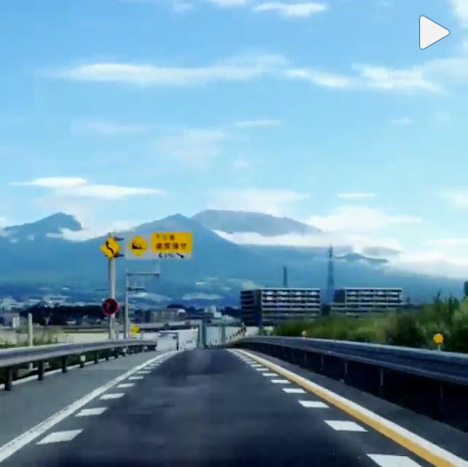
Taken individually, most Hyperlapse videos are badly shot and utterly mundane. Taken en masse, you start to see reality, presented through the lens of time, a little differently. A sequence of a car driving through traffic starts to emphasise the contours of the road and the rhythms of traffic. A view from a person cycling through a city gives you a sense of the way its streets knit together. Compressing time gives a new idea of the way spaces work, and how people use them.
Time-lapse photography is hardly a new concept. We're all familiar with it being used to visualise plant growth and city life in anything from nature documentaries to TV series credit sequences. Before the advent of digital photography, though, time-lapse required large amounts of film and specialised equipment. Now a digital camera is more or less in every pocket, and indeed time-lapse was already well-represented on smartphone app stores before Hyperlapse turned up.
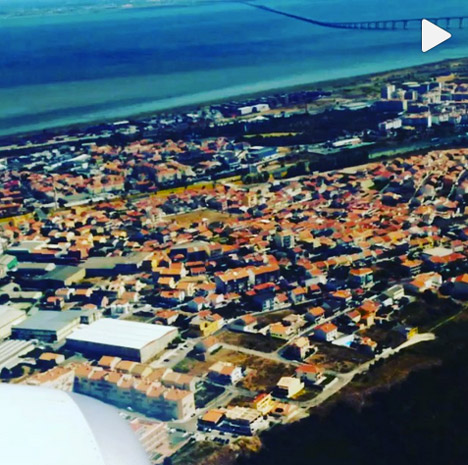
Hyperlapse, however, proves the power that lies in coupling the ubiquity of a service like Instagram with supremely accessible design that presents users with a record button overlaying live video. Creation and publishing are seamless, and you don't even need an Instagram account to take advantage of it.
Hyperlapse adds one other important advance on the time-lapse video. It smooths out the image, removing the jolt of footsteps and the jerk of a fumbled pan. It can't deal with significant lurches, but it does a remarkable job of transforming handheld footage into a kind of hyper-real floating view, almost first-person, a representation of what the person taking the video is seeing.
In that sense, Hyperlapse is closely related to Steadicam, the filmmaking apparatus that debuted in the 1976 production of Bound for Glory, allowing new flowing eye-level, experiential shots that take you into perspective of characters in the film's world. Now you can make them on your phone.
Just as Steadicam added a new personal, embodied grammar to movies, Hyperlapse adds to the grammar of representing reality on smartphones, and it's a chance to subtly change the way we see the world. Its ubiquity is capturing situations and places that could previously rarely be captured as vividly.
Lots of Hyperlapse videos are taken from cars. Speeding time is good at articulating travel, particularly the continual, sinuous progression of road travel. We can get a sense of how Déols, a small town in central France, fits together, a street in Kampala, and the form of the landscape of Mount Asama in central Honshū. Compressing lots of activity into a short time can make humdrum places exotic or hyper-real – a photographic Outrun, with which Hyperlapse videos share a visceral pleasure in witnessing smooth, parallax-laden progression. Naturally, it's good for trains, too, echoing the classic 1953 film, London to Brighton in Four Minutes.
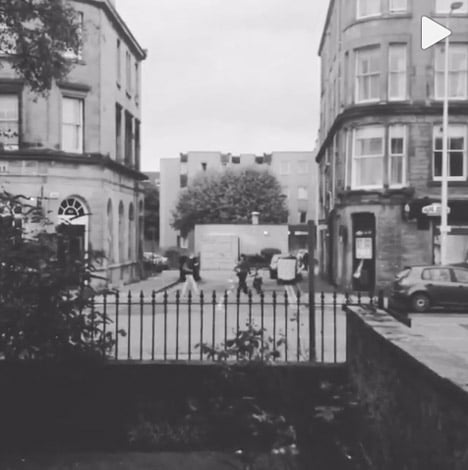
We can also see how people use public spaces in places like Montmartre, Liverpool Street Station, Snøhetta's Oslo Opera House, a Utrecht station and Grand Central Station. We get to land planes at airports in Mexico City and Lisbon. We can make traversals of bridges by road, experience cycling in the Netherlands, whether canal-side Amsterdam or by road in Leiden, and a bus on 42nd Street in New York City.
It's a fine form for touring cities, communicating their rhythm, whether Edinburgh, Kowloon in Hong Kong, or Main Street in Disneyland. There's a whole account dedicated to Toronto, and it's great for capturing details, like the Portuguese beachside pavement at Ipanema. Interiors, too: here's the White House.
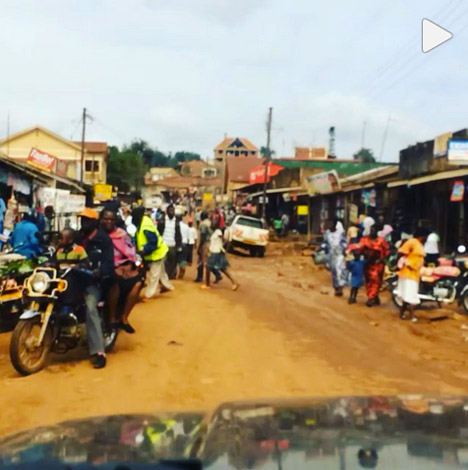
The Hyperlapse app might be popular enough, but a time-lapse function is being built into the camera app in the forthcoming iOS8, and Microsoft Research has been at it too, with a remarkable new technology also called Hyperlapse. Here the smoothing effect is amplified into uncanny evenness, using a computer to build chunks of scene that are missing due to wobbling. The effect is like flying through city and up a rockface, a computer-mediated experience that idealises human experience.
Such advances in visualisation are part of a general movement to bring video to new situations, alongside GoPro cameras mounted on helmets and drones, View360Cam and Vine, each expanding our ability to express reality and form new ways of seeing. Hyperlapse, though, with its ability to compress time, could be giving us a new common language to communicate space and the way we live within it.
Alex Wiltshire is a video game consultant, with clients including London's V&A Museum. He was editor of Edge Magazine until 2013 and has written for a wide range of publications including Icon, The New Statesman, PC gamer, Eurogamer, Design Week and Architects Journal.